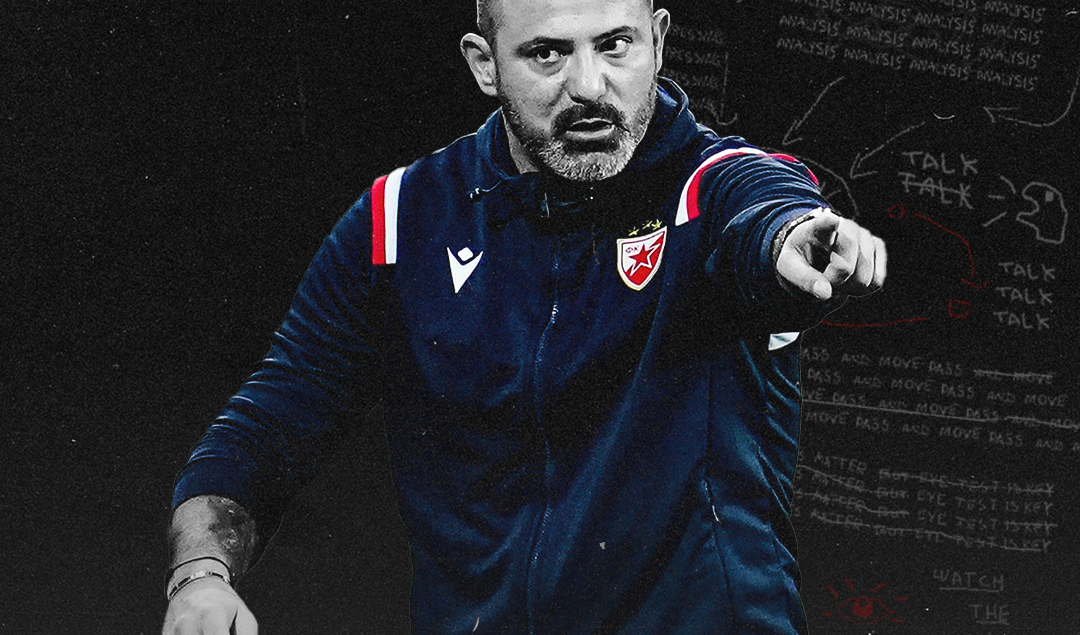What Are the Most Successful Football Clubs in the Balkans?
The Balkans is a region in Southeast Europe which boasts a combined area of 550,000 km² and an approximate population of 55 million people, and which takes its names from the Balkan Mountains that run through the center of Bulgaria into eastern Serbia and Slovenia.
Although there is no universal agreement on the borders, most people typically define the Balkans as an compassing Albania, Bosnia and Herzegovina, Bulgaria, the mainland of Greece, Kosovo, Montenegro, North Macedonia, European Turkey, the Romanian coast, most of Serbia and large parts of Croatia, in addition to Hungary and Moldova.
There are many things that differentiate the Balkan countries, be that language or religion, but there is one thing that they have in common: they all are crazy about football. Today, we’re taking a look at the most successful football clubs in the Balkans.
Red Star Belgrade
Commonly known as Crvena zvezda, Red Star Belgrade are considered to be the most successful club from the Balkans. They are the only Eastern European team to have won the Intercontinental Cup, played between the winner of Europe’s premier competition and South America’s premier competition.
They dominated the Yugoslav First League, which was held between 1923 and 1992, and finished atop the all-time Yugoslav First League table with 719 wins from 1335 matches. And even after the dissolution of the region, Red Star Belgrade have managed to achieve a domestic dynasty in Serbia with 10 league titles.
“It’s very similar to Benfica, you understand right after you start working there that it’s not by coincidence that these teams managed to become European champions and win so many league titles,” said Portuguese-Serbian manager Nikola Popović in an RG interview. “[Red Star manager Dejan] Stanković is a football legend, being able to learn from him was a very important move for my career. It was the best experience that I’ve had. It was incredible.”
Dinamo Zagreb
The most prosperous team in the history of Croatian football is Dinamo Zagreb. During their time in the Yugoslav First League, Dinamo Zagreb were crowned champions of the division on nine occasions, whilst they also won the Yugoslav Cup on eight different occasions. They’ve been able to reign supreme in Croatia with a record 25 Prva HNL titles, they’ve finished as runners-up on four occasions, and they’ve only finished outside of the top two on just four occasions.
What’s more, they’ve reached the Croatian Cup Final in 23 out of 29 times, winning the tournament on 16 different occasions. And in 2014/15, they became the only team in the nation’s history to finish a season unbeaten in the Croatian top-flight. However, they find themselves up against it as they look to prolong their domestic dominance, with the club currently sitting seven points behind Rijeka and Hajduk Split.
Olympiacos
Founded on March 10, 1925, Olympiacos have spent the past century dominating Greek football. They’ve won 47 league titles and 28 Cups (including 18 domestic doubles) as well as four Super Cups, and it should come as no surprise that all of these are domestic records. In total, they’ve won 132 titles — all other Greek clubs have won a combined 41 titles. There’s a reason why they are nicknamed Thrylos, or The Legend.
Olympiacos are one of the only three teams to have never been relegated from the Greek top-flight, and in 2024, they became the first Greek club to win a major European trophy after beating Fiorentina in the UEFA Europa Conference League title, as well as the first team from outside of the Premier League, LaLiga, Serie A and the Bundesliga to claim a European trophy since Porto won the Europa League in 2011. And whilst they missed out on the league title to AEK Athens and PAOK in the past two seasons, all signs point to them reclaiming their domestic throne this coming spring.
By: Zach Lowy / @ZachLowy
Featured Image: @GabFoligno / picture alliance
